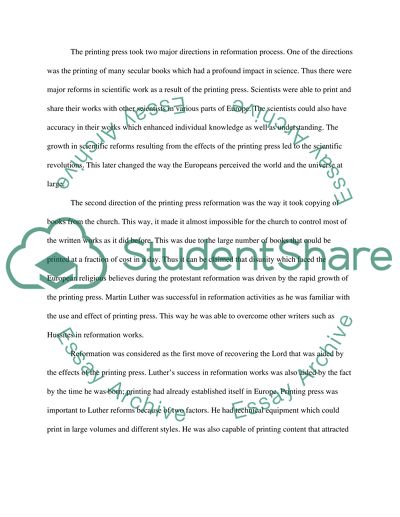Cite this document
(“How did the printing press affect the Reformation Essay”, n.d.)
Retrieved from https://studentshare.org/environmental-studies/1417327-how-did-the-printing-press-affect-the-reformation
Retrieved from https://studentshare.org/environmental-studies/1417327-how-did-the-printing-press-affect-the-reformation
(How Did the Printing Press Affect the Reformation Essay)
https://studentshare.org/environmental-studies/1417327-how-did-the-printing-press-affect-the-reformation.
https://studentshare.org/environmental-studies/1417327-how-did-the-printing-press-affect-the-reformation.
“How Did the Printing Press Affect the Reformation Essay”, n.d. https://studentshare.org/environmental-studies/1417327-how-did-the-printing-press-affect-the-reformation.


